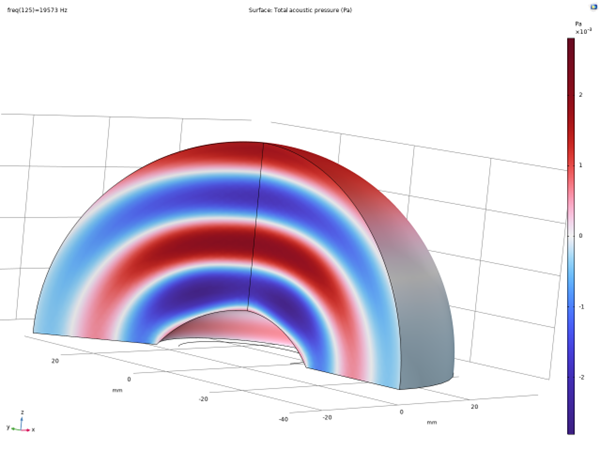Axis info? Do you mean off axis? On axis is provided, but the tech here related to the surround is mostly for managing distortion. If you want off axis data head to erins audio corner, he reviewed some of their drivers and dispersion is just fine for them.
Purifi and marketing bs are not really two terms that make sense together to me. They're very transparent about their products and development behind them, they have articles in their blog section that go into detail on various loudspeaker and audio reproduction fundamentals. None of it is marketing BS, it's all well represented and executed science. I beieve
If you want an example of marketing BS Focal has you covered. They constantly come out with new cone materials touting all sorts of things, only to end up delivering pretty sub par performance a lot of the time. I could understand criticism against purifi if they were doing the same, but they're not. Their products are offering very good performance and the data clearly shows their engineering is sound.
